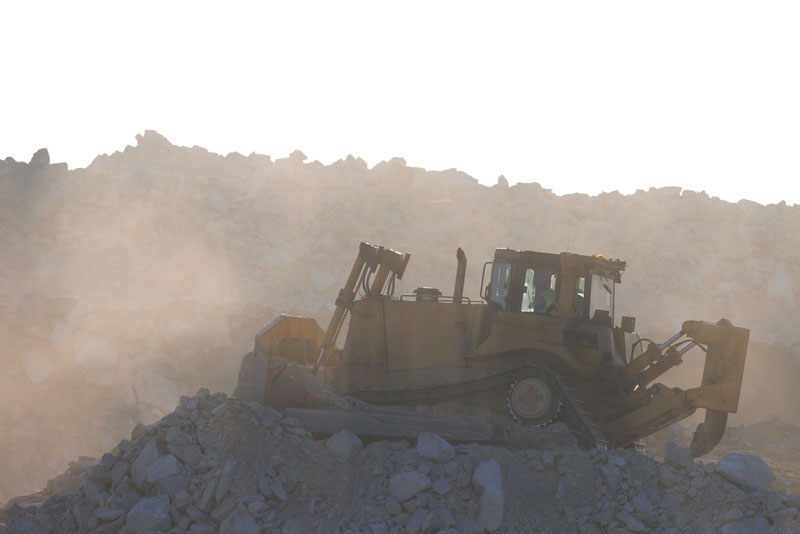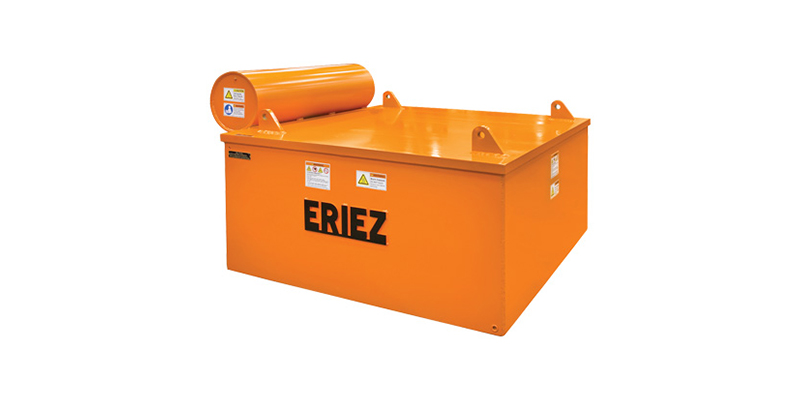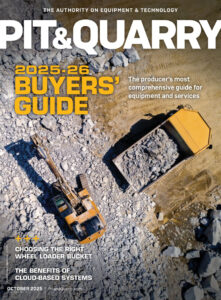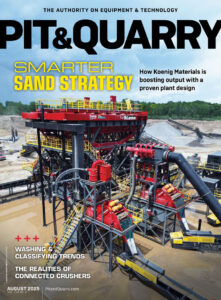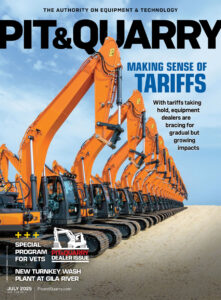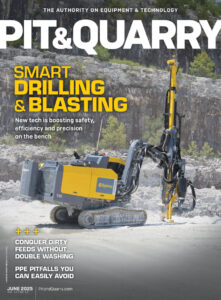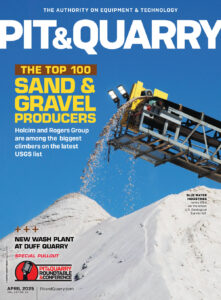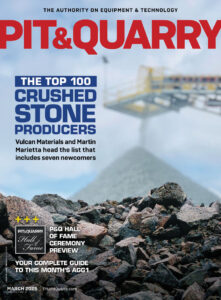Everyone in the mining industry is aware of the protections afforded to miners under section 105(c) of the Mine Act.
Miners’ rights delineated under this provision are covered extensively in new miner and refresher training. In recent years, many Mine Safety & Health Administration (MSHA) inspectors have taken the opportunity to emphasize the breadth of these rights – including the right to make safety complaints, talk to inspectors and refuse to conduct unsafe tasks.
In reviewing recent ALJ 105(c) decisions, we recognized several themes running through these cases – and one new issue – that bear highlighting.
Temporary reinstatement
Most in the mining community are aware of the unique provision for temporary reinstatement that distinguishes section 105(c) from almost any other whistleblower statute in the country – and certainly any other safety whistleblower statute.
There is no such provision in the Occupational Safety & Health Act. Section 105(c)(2) establishes a very low bar for reinstatement of a terminated miner alleging unlawful retaliation – essentially that the complaint was “not frivolously brought.” This can usually be met with a simple allegation of protected activity and adverse action.
In a compliance setting that includes mandatory training, pre-shift safety talks and regular contact with inspectors, a miner’s “non-frivolous” assertion of protected activity is usually not hard to demonstrate. This is especially true when you consider that during a temporary reinstatement proceeding, a judge does not make credibility determinations, resolve conflicts in testimony or weigh the evidence.
Consequently, recognizing the difficulty in challenging temporary reinstatement, many operators concede the point, negotiate economic reinstatement and instead focus their resources on the merits hearing. This difficulty for operators is borne out in the three temporary reinstatement challenges in 2025. All three challenges resulted in defeat for the operators.
Economic remedies
One of these cases, Secretary of Labor v. Dixon Rock and Materials, LLC, Docket No. WEST 2025-0253-TR (2025), is noteworthy because it reiterates the fact that Federal Mine Safety & Health Review Commission judges do not decide the terms of economic reinstatement agreements.
If the operator wants a specific term in the agreement to keep the employee at home with pay and benefits (in lieu of returning to work), it should be negotiated as part of the agreement. In this regard, the judge noted past review commission precedent that severely limits the ability of a judge to order economic reinstatement without a clear agreement between the parties.
Finally, throughout the years of our mine safety practice, it has generally been a fundamental precept that section 105c is a “make whole” provision. Essentially, if a miner is successful in demonstrating discriminatory retaliation in violation of the Mine Act, that miner is entitled to back pay, benefits and consequential damages stemming from the loss of employment.
For instance, in Secretary of Labor v. RMC Mining Development, LLC, Docket No. WEST 2024-0114, in addition to backpay, a miner was deemed to be due reimbursement for costs associated with mileage the miner incurred as a result of his unlawful discharge.
Compensatory awards
The decision in RMC, however, went one step further. In RMC, the secretary of labor requested compensatory damages for emotional distress suffered by the miner, arguing that section 105(c)(2) grants broad discretion to the judge to fashion an appropriate remedy and does not specifically exclude compensatory damages.
That language specifically states that the court can take such “affirmative action to abate the violation as [it] deems appropriate, including, but not limited to, the rehiring or reinstatement of the miner to his former position with back pay and interest.” Although acknowledging that the review commission had never ruled on this issue – and that multiple administrative law judges (ALJs) had previously declined to recognize any authority to grant compensatory damages – the judge nonetheless agreed with the secretary’s expansive view of the court’s remedial authority and awarded the miner $75,000 in compensatory damages.
This was a default judgment issued after the mine operator failed to respond to multiple orders to show cause and did not participate in the litigation. The judge signaled that this failure to participate, “or in any way object to the Secretary’s requested relief,” clearly was a factor in his finding that compensatory damages was appropriate.
With that in mind, it is unclear to what extent this decision might impact similar cases in the future. As the judge noted in RMC, ALJs are not bound by other ALJs’ decisions.
Time will tell.
Bill Doran and Margo Lopez are with the national labor, employment and safety law firm Ogletree Deakins. They can be reached at william.doran@ogletree.com and margaret.lopez@ogletree.com.

